Student Voice Shapes our School
Through the excellent work of the CDC Reps, the Student Parliament and the Senior Student Leaders at BMS, students’ voices continue to have a prominent place in helping to...
Filter by Category
Filter by Author





































































































































































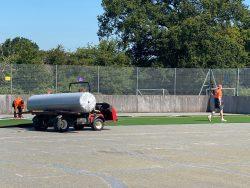
Through the excellent work of the CDC Reps, the Student Parliament and the Senior Student Leaders at BMS, students’ voices continue to have a prominent place in helping to...
Posted by Jeremy Turner
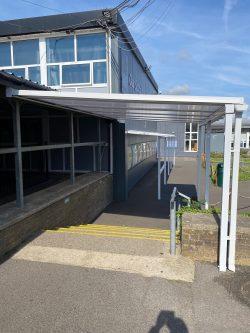
I would like to thank the Site Saff for making a number of important alterations to the school site during the summer holidays that have definitely enhanced the environment for...
Posted by Jeremy Turner
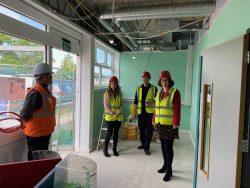
The images show the latest developments inside A Block – currently undergoing a £1.3 million refurbishment. The project is nearing completion and calming paint has been used...
Posted by Jeremy Turner

It is lovely to witness the growing crates of donations from students and staff towards the local Red Trust Food Bank. Each House has a crate in which to place their donations of...
Posted by Sara Ash - Deputy Headteacher
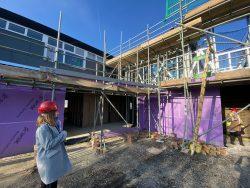
It was a real privilege to welcome Sally Glossop – County lead for The Graduated Response at Hertfordshire County Council and Sharon Coubray – County Lead for Speech,...
Posted by Jeremy Turner

The major building development of A Block is continuing and creating a lot of excitement amongst staff and students. Work has begun in earnest on the top floor of the building and...
Posted by Jeremy Turner
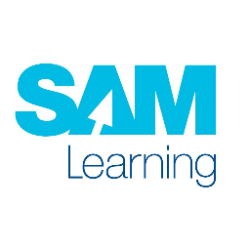
At Bushey Meads School, we invest in the online learning platform Sam Learning for all our students. Sam Learning has a huge range of revision and learning resources in almost all...
Posted by Sara Ash - Deputy Headteacher
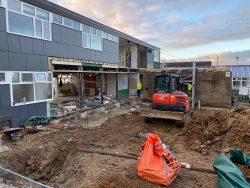
Several key meetings and site visits have taken place this week to monitor the progress of our significant building project works taking place within A Block. A huge bore hole...
Posted by Jeremy Turner
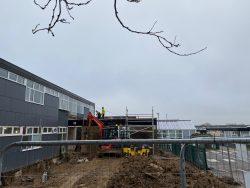
I would like to commend all students for moving carefully around the school site in the area surrounding A Block; the building firm have commented on how polite and respectful...
Posted by Jeremy Turner

This week students were fascinated to watch a huge drilling machine drill holes into the ground to prepare for them to be filled with concrete and create the strong subframe for...
Posted by Jeremy Turner
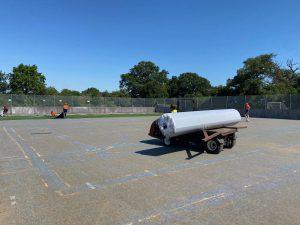
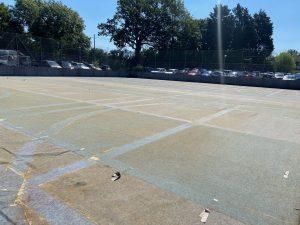

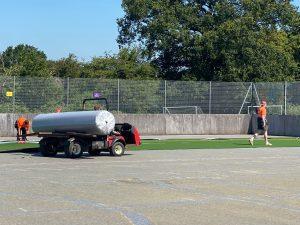
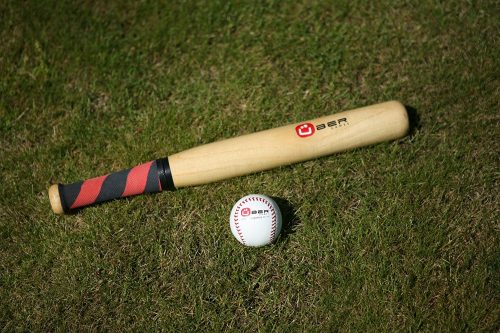
The year 9 rounders team had their 2nd match against Bushy Academy last Thursday ( 24th May) We were short a few players, so we had 3 year 8 students joining the team. We began...
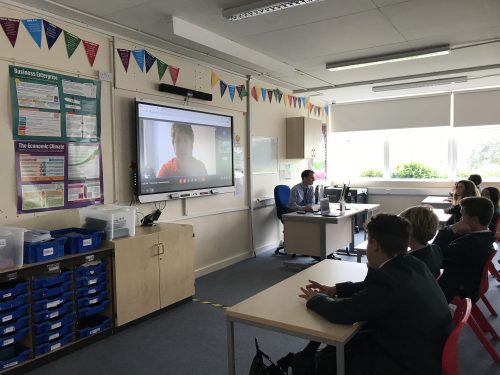
On Tuesday 13th July year 7 students were extremely lucky to have a virtual meeting with Paralympic athlete and medallist Mel Clarke. Mel is a hugely successful international...